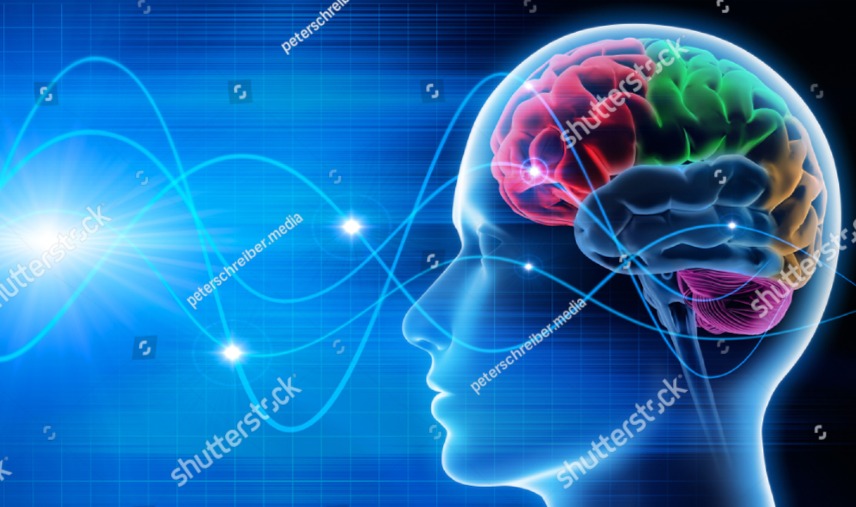Neurofeedback: A Mini Lesson About Brainwaves
Different brainwaves are associated with different states. They are measured in Hz cycles per second. Brainwaves can be slow(er) or fast(er). When there is a presence of slower waves, we feel tired, sluggish, inattentive, scattered, depressed, and/or are faced with insomnia. When higher frequencies are dominant (faster waves), we can engage in critical thinking and are hyper alert. This can result in anxiety, nightmares, hyper vigilance and impulsive behavior. Below is a brief description of what each brainwave does and with what it is associated:
- Delta
Delta waves are dominant in infants, but are also found during sleep at all ages. They can be seen in some children with learning disabilities and adults with brain damage.
- Theta
Theta waves are important in memory retrieval and our ability to control whether or not to respond to stimuli. If theta is dominant during our waking state, we might feel drowsy, tuned out from the conversations or our environment.
- Alpha
Alpha waves typically occur in 90% of people when they close their eyes. Alpha waves are associated with resting states as well as creativity. Patients who are anxious and depressed have low alpha waves.
- Beta
These waves are produced in the brain stem and cortex. Beta waves occur when we are awake, alert, externally focused, logical, engaged in problem solving, and are attentive. Excessive beta, however, is associated with anxiety and panic.
We use neurofeedback to either reward or inhibit certain brainwaves. For example, when a person presents with anxiety, their beta waves are higher than their alpha waves. In people with no anxiety, alpha to beta ratio is 8:1. In people who suffer from anxiety, the opposite is often true. Neurofeedback is then used to inhibit beta waves and reward alpha waves. Remember that our brain exists in plasticity and we can shape and change its structures as well as pathways. Neurofeedback is a noninvasive procedure and is significantly more cost effective than medication. The changes caused by neurofeedback are long lasting; medication provides relief from symptoms but often comes with side effects, and eventually stops working. It is up to you do decide what path to treatment you want to take.



